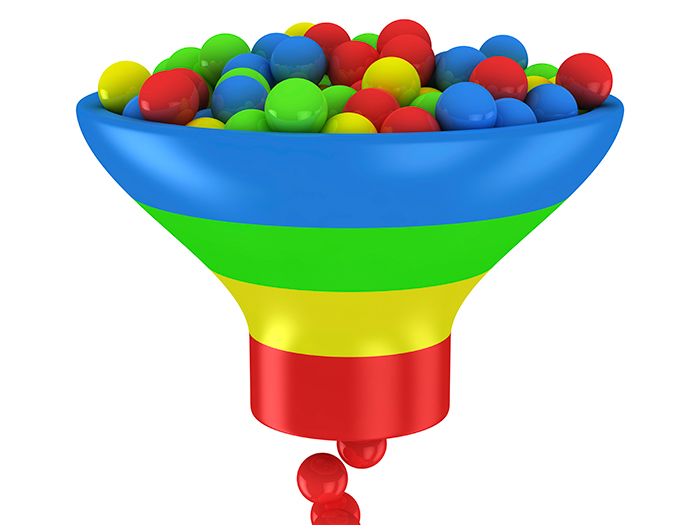
One of the most effective tools for learning from KPIs is the purchase funnel. It is a combination of several conversion metrics that can be used to understand the entirety of a sale. The purchase funnel is broken into five stages: awareness, interest, consideration, preference, and purchase. These are incremental stages as the buyer goes from knowing about a product or service to actually paying for it. By tracking the conversion rate between different stages of the purchase funnel, marketers can learn a lot about where they can make improvements to their sales and marketing process. For example, if a large number of buyers are getting to the preference phase but only a small subset of that group are actually making purchases, it may be too difficult for them to buy your product or service – i.e. you need to make the purchase phase easier. Tracking the Purchase Funnel
Of course, knowing exactly which stage a customer is in is challenging. The trick is to define a set of analytics criteria that you consider representative of each stage. For example
– Awareness may be when a browser is served an ad
– Interest may be when he or she then visits your website
– Consideration may be when he or she clicks through to your products page
– Preference may be when he or she adds something to the online cart
– Purchase is when he or she completes a purchase.
Naturally the exact definition of each of these stages will vary; but if you can create reasonably representative criteria, you can begin to track an individuals’ progression through the purchase funnel. Purchase funnels are best used when tailored to track visitors from various sources differently. The interest stage of a visitor who was served a social media ad may be different from one served an ad on a Google search. Google’s Web Analytics is a great tool for looking at a purchase funnel. It can also be used to create goals. While analytics goals can be a number of different types including page visits, time on page, etc., funnels can only be used to track goals related to the progression of a visitors’ experience using URIs. The Purchase Funnel’s Relationship to Business Objectives
KPIs are only useful if they can be translated into helping you realize overall business objectives. In the case of the purchase funnel, your objective may be to increase revenues by 10% in the first quarter of the year. Analyzing your purchase funnel, you may determine that your weakest area is converting shoppers from the awareness stage to the interest stage. In other words, after being exposed to your advertising, they are not continuing to view your website or other material. In this case, the specific goals for achieving that business objective should be focused on improving the content of your digital advertisements. To realize business objectives, defining measurable goals is essential. Start by identifying the problems that need to be solved in order to achieve the objective. From there, determine what steps need to be taken to address those problems. Defining those steps using the S.M.A.R.T. (specific, measurable, achievable, relevant, and time-based) framework will give you goals that you can achieve. If you plan these to be applicable in your analytics platform, you can integrate them into the KPI tracking of your marketing campaign.